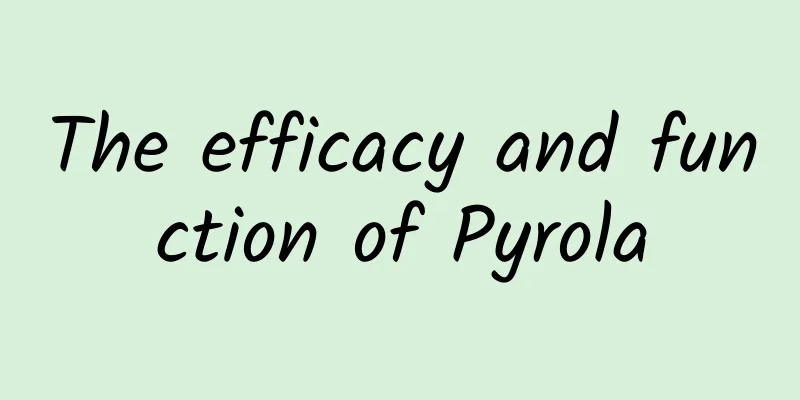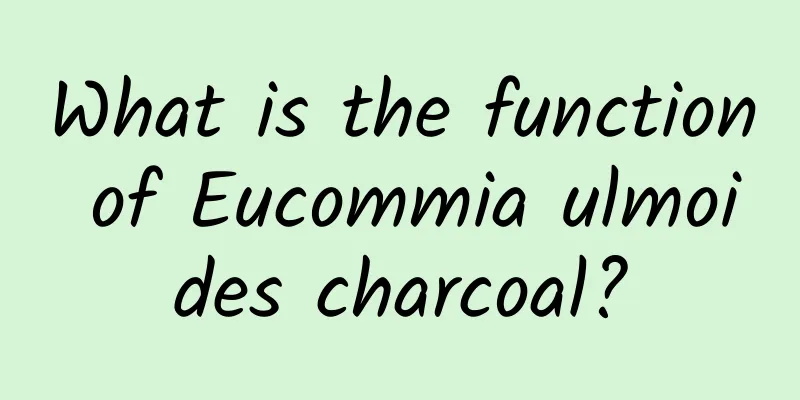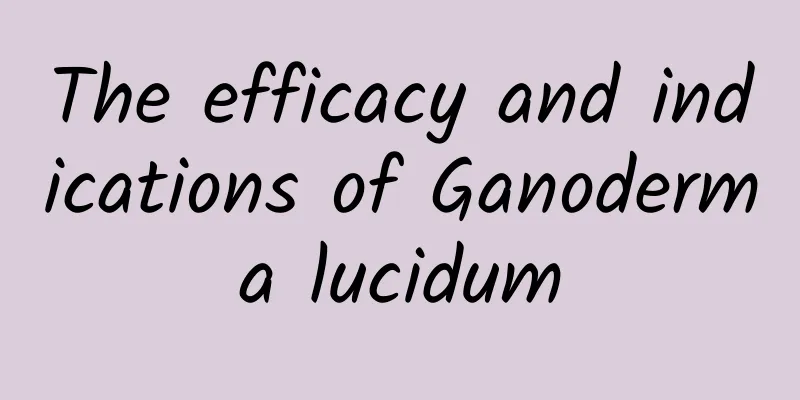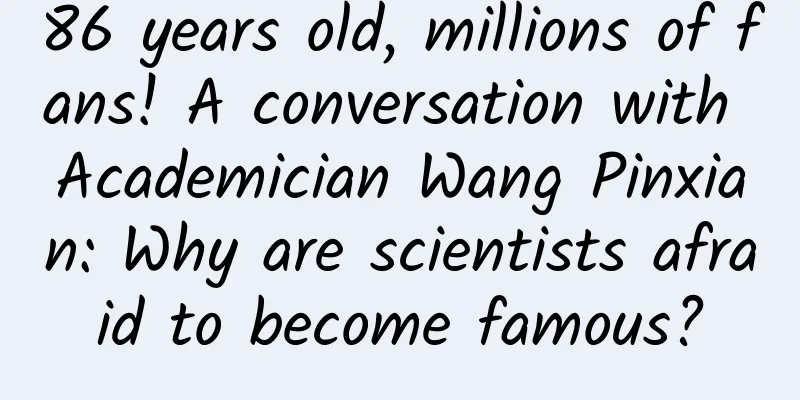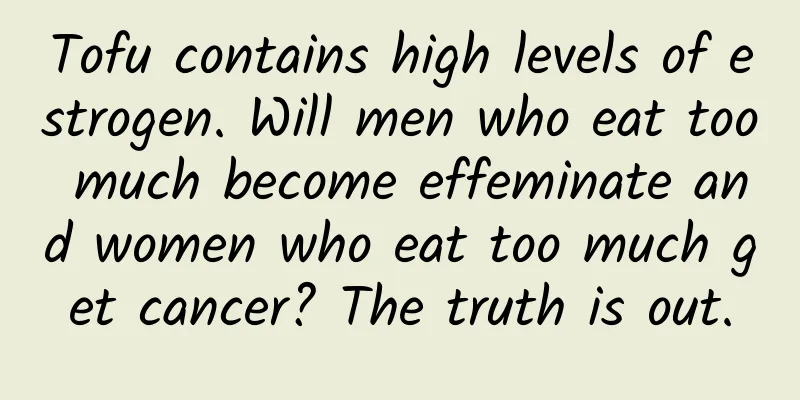Can the gut differentiate between real and fake sugar?
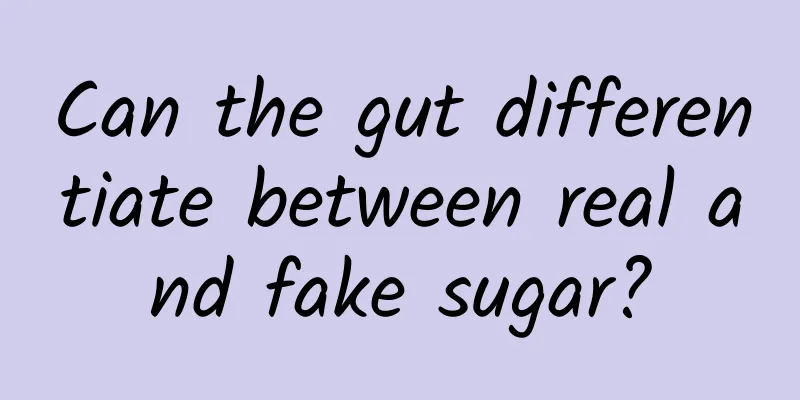
|
Taste buds are not only found on the tongue, but also in the digestive tract. A recent study has discovered specific cells in the intestine that can distinguish between natural sugars and artificial sweeteners. In the microscopic image below of the lining of the small intestine of a mouse, the sweet-sensing cells are shown in green. These cells are similar to the taste buds on the tongue or the cones in the retina of the eye and can transmit signals to the brain within milliseconds. Although it is difficult for human taste buds to distinguish between real sugar and fake sugar, these intestinal cells can sense trace amounts of sugar and sweeteners. After they come into contact with different types of sugar, they can release different neurotransmitters to different cells in the vagus nerve. Finally, the intestines can judge "who is sugar" and "who is sweetener". Although fake sugar can fool the tongue, it may not fool the intestines. Although you eat sweets and consume a lot of fake sugar without calories, the intestines know it is fake, so it has to send a signal to the brain: More, more! After drinking a cup of milk tea, can you feel the sugar detection information fed back by your intestines? Borhóquez Lab/Duke University |
<<: Can walking speed predict life expectancy? Follow this and live longer
>>: Is it true that only Asians can do this? Today we are going to talk about the "Asian squat"
Recommend
Will eating Polygonum multiflorum cause internal heat?
Many people know what Polygonum multiflorum is wh...
The human brain has such a large capacity, why do we always feel that the memory is not enough?
Humans are the smartest creatures on earth, and t...
How terrible is the blind spot of the vehicle? The driver didn't see any of the 75 children!
How much do you know about vehicle blind spots? D...
It's not just the "teaching materials" that are toxic. These 8 toys are really not recommended for children to buy!
Recently, because cooking has become part of the ...
The "big sister" who loves hot dry noodles took the time to publish a top magazine and refreshed history
Recently, the international top journal Cell publ...
27-year-old female host died suddenly after infusion! The "silent killer" is this... commonly used in respiratory department!
Expert of this article: Liu Zhijun, Pharmacy Depa...
The efficacy and function of Rudbeckia
There are so many medicinal herbs in the world, a...
Can Cordyceps be eaten if it is moldy?
Cordyceps sinensis is also known as Cordyceps sin...
Everyone must know the truth about HPV! Do these 5 things to stay away from HPV infection!
Many people have heard of HPV. However, the cause...
The efficacy and function of green onion
As a traditional Chinese medicine, onion roots ha...
Don’t laugh yet, there really is such a thing as a “sand dollar” in the world…
If you were on the beach and picked up the "...
The efficacy and function of wild cucumber
In fact, the occurrence of many human diseases is...
The efficacy and function of lychee grass
Litchi grass is a traditional Chinese medicinal m...
The efficacy and function of Sichuan Fangfeng
Many people choose Sichuan Fangfeng because of it...
StrongView: 54% of marketers plan to increase advertising budgets in 2015
199IT original compilation The "2015 Marketi...
